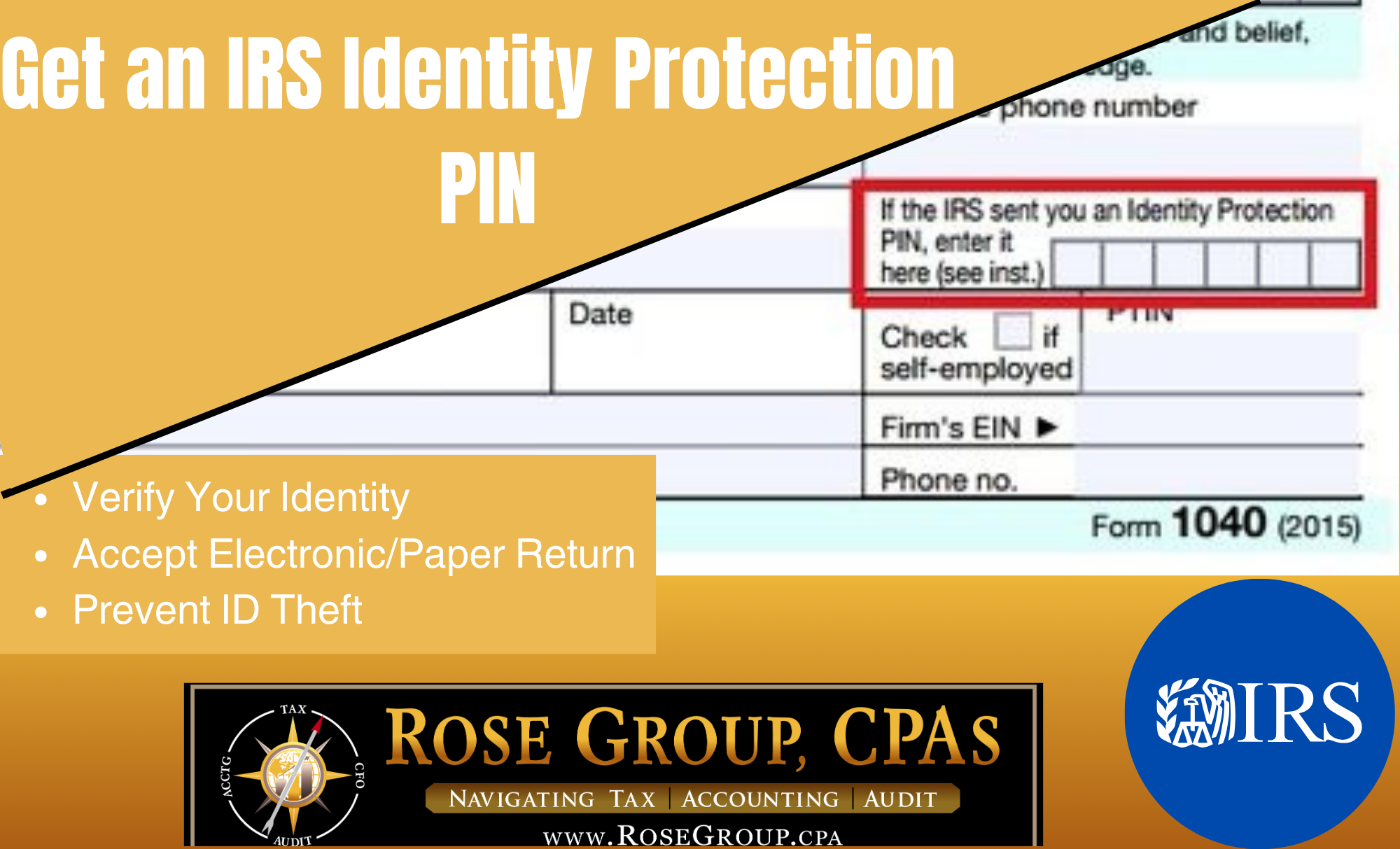Identity theft is all around us and tax-related identity theft can be particularly stressful. If someone fraudulently files a tax return using your Social Security number, it can delay your refund and be a major hassle. That’s where the IRS Identity Protection PIN (IP-PIN) comes in.
An Identity Protection Personal Identification Number (IP-PIN) is a six-digit number issued by the IRS to help prevent fraudulent tax returns from being filed in your name. Once you have an IP-PIN, any return filed without it will be rejected, ensuring that only you (or your tax preparer) can submit your tax return.
The IP-PIN is used when filing your federal tax return. It’s entered in a designated field to verify your identity. If a return is submitted without the correct IP-PIN, the IRS will reject it. This prevents criminals from using your stolen Social Security number to file a fraudulent return and claim a refund.
It’s important to note that the IRS will never call, email, or text you to request your IP-PIN. If you receive such a request, it’s a scam.
When a taxpayer is a confirmed victim of identity theft, the IRS assigns them an IP-PIN to protect their future tax filings. Originally, the IRS issued IP-PINs only to confirmed victims of identity theft. However, in 2021, the program expanded to allow any taxpayer to opt in for added protection—regardless of whether they’ve been a victim of identity theft. If you’ve had issues with fraudulent tax filings in the past or just want extra security, getting an IP-PIN is a smart move.
The IRS issues a new PIN at the beginning of each calendar year. IP-PIN holders should not share their IP-PIN with anyone other than their tax return preparer. Please do not misplace the PIN or forget to tell us if you have an IP-PIN. This will hold up the tax return filing and cause it to be rejected.
If you want to request an IP-PIN, you’ll need to verify your identity through the IRS’s online Get an IP-PIN tool. This process involves answering security questions and providing personal information.
If you can’t verify your identity online, you have other options:
- File IRS Form 15227 (if you meet the qualifications).
- Schedule an in-person appointment at an IRS Taxpayer Assistance Center.
There are several advantages to having an IP-PIN:
- Added Security – It makes it nearly impossible for someone to file a fraudulent tax return in your name.
- Peace of Mind – If you’ve been a victim of identity theft before, an IP-PIN helps ensure it doesn’t happen again.
- Proactive Protection – Even if you haven’t experienced identity theft, opting in helps safeguard your tax identity.
- Annual Renewal – The IRS issues a new IP-PIN every year to keep your information secure.
While the IP-PIN program is a great tool, there are a few things to keep in mind:
- Identity Verification Can Be Difficult – If you don’t have access to the required documents or internet, getting an IP-PIN may be challenging.
- It Must Be Renewed Annually – A new IP-PIN is issued every year. If you forget to retrieve it, your tax filing could be delayed.
- The IRS Tool Has Downtime – The online Get an IP-PIN tool is unavailable from mid-November to mid-January, so plan accordingly.
- Keep It Secure – Only share your IP-PIN with your tax preparer. If it’s lost or forgotten, it can create delays in filing your return.
The IRS Identity Protection PIN is a powerful safeguard against tax-related identity theft. If you’ve ever dealt with fraudulent tax filings—or just want extra security—it’s worth considering. By taking proactive steps, you can help protect your tax return and your financial well-being.
If you are interested in learning more about our tax preparation service, please reach out. We’re here to help!


